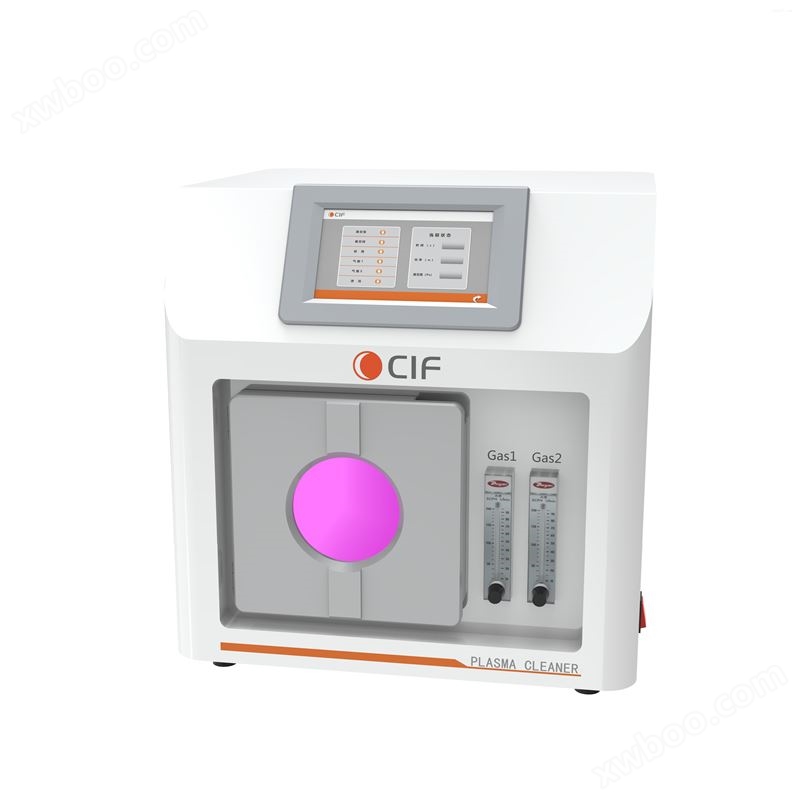400-6505-735
RIE reactive ion etcher is often used to remove specific parts of materials in semiconductor processes. RIE machines use plasma generated by gas discharge to etch the surface of materials, and are characterized by high selectivity, high rate and isotropic etching. It is widely used in micro-nano processing, semiconductor manufacturing, optical device manufacturing and other fields. The parameters and conditions of the etching process can be optimized and adjusted according to the specific application requirements to obtain the desired etching effect. It mainly consists of a vacuum chamber, an ion source, a gas supply system, a radio frequency power source and a control system.
The etching process in the RIE reactive ion etcher needs to be carried out in a vacuum environment, so there is a vacuum chamber inside the equipment. The vacuum chamber extracts the gas through the exhaust system so that the vacuum degree reaches the required working conditions. The ion source generates a high-energy ion beam for etching the surface of the material. Commonly used ion sources include high-frequency ionization sources and radio frequency ionization sources. The ion source can convert gas into ions by heating or ionization.
The gas supply system is used to provide the reaction gas required for the etching process. Different etching processes require different gas combinations. Commonly used gases include oxygen, fluorine, chlorine, etc. The gas supply system controls the flow and mixing ratio of the gas. The RF power source provides a high-frequency electric field to accelerate ions and control the etching process. The RF power source generates a high-frequency electric field, forming a potential difference between the ion source and the workpiece, causing the ions to accelerate and impact the material surface.
The control system is used to control and monitor the etching process. It can adjust the parameters of the ion source, gas supply and RF power source to achieve the desired etching effect. The control system can also monitor parameters such as etching rate and etching depth to ensure the accuracy and consistency of the etching process.

Common maintenance methods for RIE reactive ion etcher:
1. Clean the internal and external surfaces regularly. Use appropriate detergents and soft cloth to clean the vacuum chamber, electrodes, ion source and other key components. Pay attention to the cleaning guidelines and safe operating procedures provided by the equipment manufacturer.
2. Regularly calibrate the various parameters and sensors of the equipment to ensure their accuracy and precision. Calibration includes checking and adjusting parameters such as ion beam energy, ion beam uniformity, gas flow, and RF power.
3. During use, pay attention to protecting the key components of the equipment, such as the ion source, electrode and vacuum chamber. Avoid using excessive power and excessive ion beam energy to prevent component damage or premature wear. Ensure that appropriate gases and chemicals are used to avoid corrosion or damage to the equipment.
4. When operating the equipment, follow the relevant safety operating procedures and operating manuals. Use personal protective equipment such as safety glasses, gloves and protective clothing. Ensure that the working area around the equipment is clean and unobstructed, and avoid using damaged or unqualified accessories and consumables.
5. Regularly inspect the equipment, including checking the operating status of the vacuum system, gas supply system, RF power source and control system. Inspect and replace worn or aged parts to ensure proper operation of the equipment.
About Us
Introduction Culture History HonorNews
News Article VideoService
After-sale ServiceNavigation
ProductsSolutionContact Us 400-6505-735
400-6505-735 CIF WeChat Service Account
CIF WeChat Service Account
 CIF Tiktok
CIF Tiktok